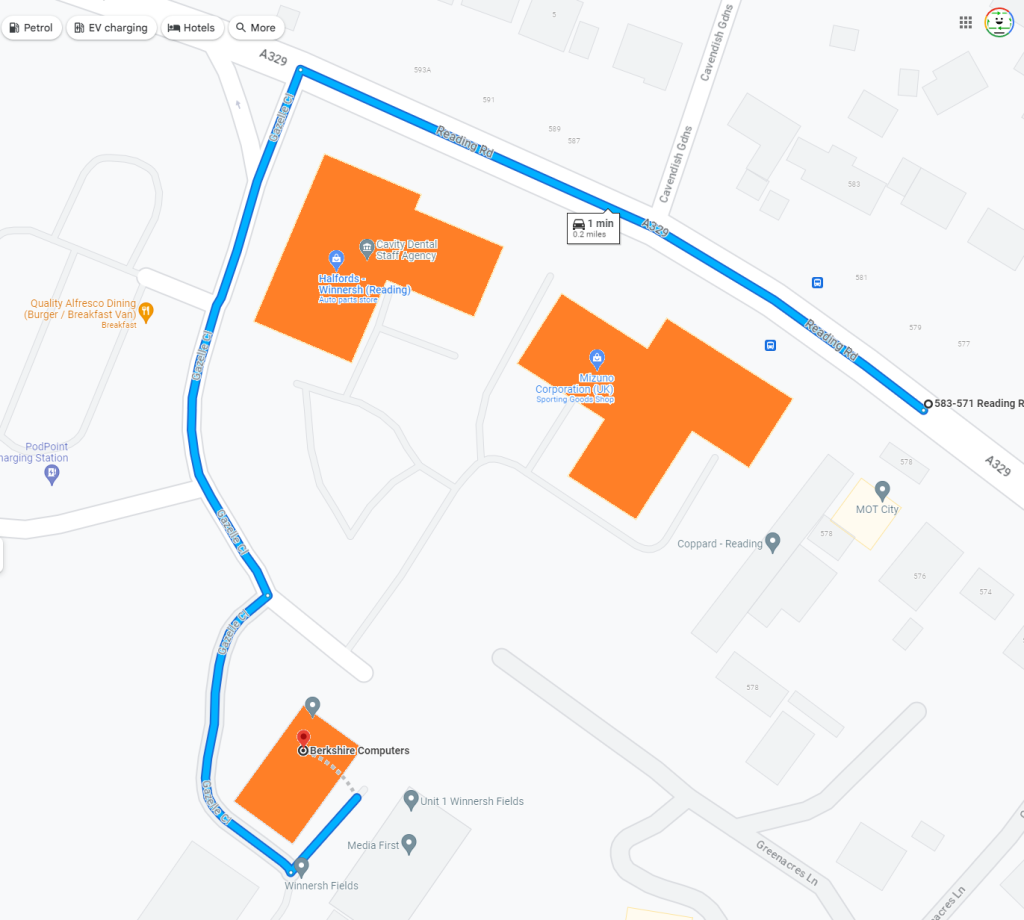Troubleshooting Cursor Issues Between Dual Monitors: A Guide
If you’ve recently set up a dual monitor system and are experiencing frustrating cursor issues, you’re not alone. A common complaint among users is that the mouse cursor tends to get ‘stuck’ at the edges when moving between screens. This frustrating problem can diminish productivity and disrupt your workflow.
Understanding the Problem
The issue typically arises when the mouse pointer fails to smoothly transition from one monitor to the next, particularly when nearing the edges of the displays. Some users have reported that even though they follow standard alignment procedures in their Windows settings, the cursor behaves erratically, as if there’s a misalignment between the two monitors.
In the scenario described, the individual has ensured that both monitors are aligned correctly in the settings, and they share the same resolution. However, the problem persists at both the top and bottom edges of the screens.
In the image linked, the black side represents one monitor while the white side represents the other, showcasing the issue visually.
Possible Causes and Solutions
Here are some potential reasons for this cursor snagging issue, along with tips to resolve it:
- Monitor Alignment:
-
Even if the monitors are set to the same resolution, check to ensure their physical alignment matches in the display settings. Sometimes, a minor change in the vertical positioning can help.
-
Graphics Driver:
-
Ensure that you have the latest graphics driver installed. Outdated or corrupt graphics drivers can cause display issues. Visit the manufacturer’s website for updates.
-
Display Configuration:
-
Go to your display settings and experiment with the display configuration. Try adjusting the screen order or checking if “Extend These Displays” is selected.
-
Resolution and Scaling Settings:
-
Make sure both monitors have the same scaling settings. Mismatched scaling can cause compatibility issues and might lead to cursor problems.
-
Physical Connections:
-
Check your cable connections to both monitors. Bad cables or ports can sometimes create complications that affect performance.
-
Windows Settings:
- Sometimes, Windows features such as “Snap Assist” can interfere with the cursor’s movements. You can explore disabling this feature to see if it resolves the issue.
By examining these areas, users can often identify the source of the issue and find an effective solution. If you’ve tried these fixes
Share this content:




